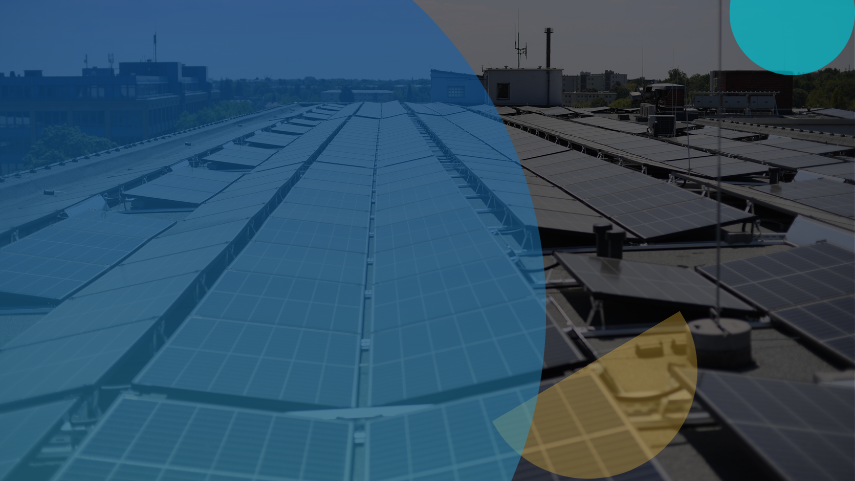
Seeking Strategic Solutions for Transitioning to Photovoltaics in Glass Manufacturing
The product development team of a leading glass manufacturer urgently sought sustainable alternatives to traditional glass panels, focusing on Photovoltaics—solar panels integrated directly into building structures. This shift aligned with the company’s goal of achieving carbon neutrality by 2050, which included reducing greenhouse gas emissions and investing heavily in renewable energy solutions.
Faced with the challenge of seamlessly transitioning to Photovoltaics, the management aimed to explore innovative technologies that would support their sustainability objectives while maintaining performance standards. To strategically position the company, they sought a deeper understanding of the latest advancements in Photovoltaic technology, the regulatory landscape, and market trends in renewable energy solutions.
Identifying Strategic Photovoltaic Partners and Competitor Innovations
The team was provided with data-driven insights into the most promising solar panel manufacturers, offering transparent, semi-transparent, and opaque Photovoltaic solutions. These companies were identified as potential strategic partners to support the team’s transition to sustainable alternatives. The analysis also highlighted competitor activities, including innovations, products, investments, and partnerships, giving the team a strategic understanding of the evolving landscape.
In addition, the team received actionable recommendations based on a thorough evaluation of technology readiness, scalability, and feasibility, ensuring a smooth integration with their operations. Solutions from Airtec Photovoltaics and SKYCO Skylights were recommended, as they aligned with the team’s goals of reducing greenhouse gas emissions and optimizing energy usage. These insights enabled the team to strengthen its market position while exploring new opportunities for growth in renewable energy.
Key Findings from the Analysis
The analysis identified key innovations in Photovoltaic solutions, showcasing two leading providers with notable advancements:
Airtec Photovoltaic
Airtec offers a Building Integrated Photovoltaic (BIPV) solution through lightweight façade panels that incorporate photovoltaic modules in various shapes and designs. These modules can be integrated with other Airtec systems, making them suitable for specific areas of a building’s façade. Given that urban building façades represent a large surface area, these panels can capture approximately 80% of solar radiation efficiently. Airtec’s ability to deliver custom sizes tailored to individual projects enhances its flexibility for urban energy capture.
SKYCO Skylights
SKYCO specializes in designing and installing custom photovoltaic skylights and canopy systems, utilizing different photovoltaic panels and glass products. Their BIPV systems capitalize on free daylighting during the day while simultaneously generating electricity, offering a dual benefit.
These systems are ideal for both interior spaces and canopies, creating energy-efficient structures. SKYCO’s integration of standard photovoltaic panels and Bi-Facial panels ensures that they meet specific design needs, making the most of both daylight and free power generation. This approach allows projects to reduce energy consumption while utilizing available sunlight for electricity production.
Research Process- How did GreyB Help?
Identifying Photovoltaic Solutions and Market Trends
A comprehensive search was conducted to identify transparent, semi-transparent, and opaque Photovoltaic solutions available in the market, covering prototype and commercialized products. Detailed information was collected for each solution, including materials, transparency levels, flexibility, underlying technology, and application areas. The solutions were then prioritized based on key criteria, such as commercialization potential, market presence, and product diversity.
Evaluation and Ranking
The identified providers were assessed using four critical criteria: Commercialization Scale, Market Presence, Power Conversion Efficiency (PCE%), and Partnerships. Each provider was ranked on a scale from 1 to 3, with 1 representing a less favorable position and 3 indicating the strongest capability in each category.
Competitor Intelligence
Additionally, the partnership and investment activities of key competitors were tracked. This included analyzing details related to their R&D investments, partnerships with startups, and overall investment strategies, providing valuable insights into the competitive landscape.
Navigating the shift to sustainable energy solutions, such as Photovoltaics, requires a strategic approach. Companies often face challenges like:
- Identifying scalable and commercially viable Photovoltaic technologies.
- Ensuring smooth integration of new solutions with existing infrastructure.
- Staying ahead of competitors through innovative partnerships and investments.
If you’re looking to overcome these challenges and accelerate your journey toward carbon neutrality, connect with our specialists today to explore tailored solutions that drive sustainable growth.
Schedule a Consultation With Our Experts Today
Get in touch by filling out the form below







